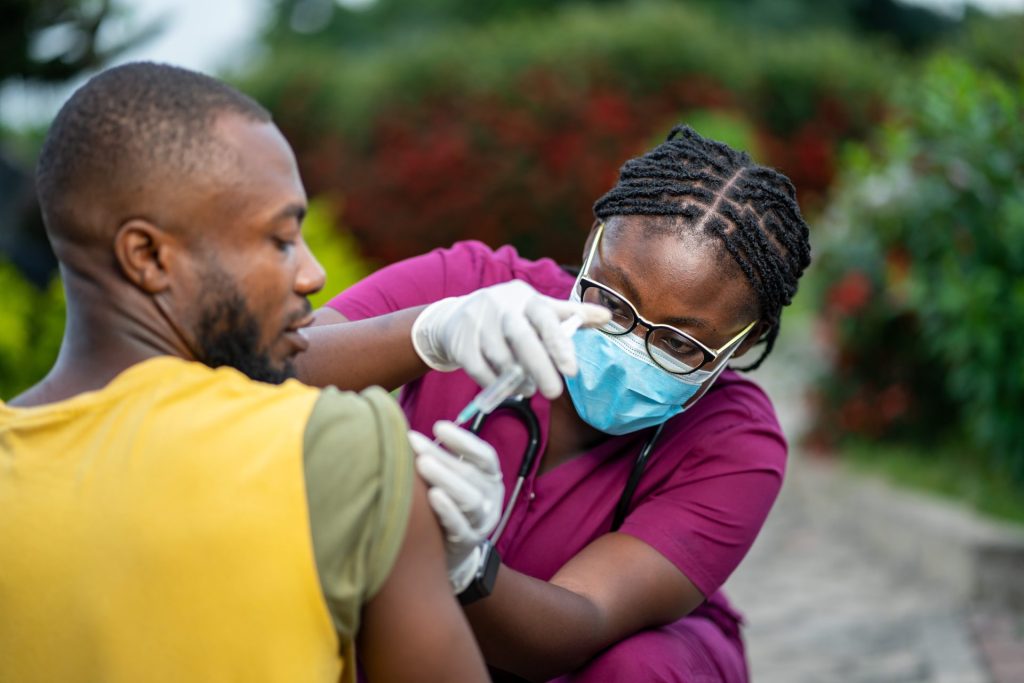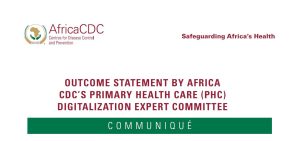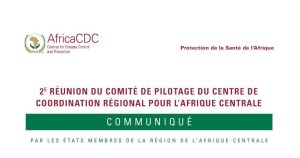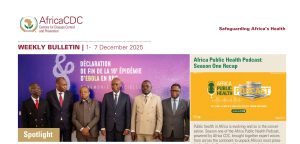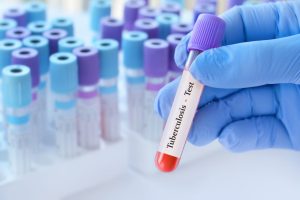As mpox continues to affect communities across 26 African countries, health officials are turning to familiar strategies to manage the caseload. One such approach, home-based care, is being adapted from the COVID-19 response, offering a practical solution where hospital isolation capacity is limited.
While the method helps ease pressure on health facilities, experts emphasise the need for strong oversight and support to ensure it does not inadvertently contribute to further transmission. Professor Yap Boum, Deputy Incident Manager of the multi-agency Mpox Incident Management Support Team (IMST) based in the DRC, outlined how the model works and the challenges it presents.
“Home-based care is a legacy of the COVID-19 response. We realised that in highly affected countries such as Uganda, where the mpox treatment centre in Entebbe was overwhelmed, it was not possible to isolate all patients in hospitals. Therefore, patients who tested positive for mpox would be isolated within their households, with one room identified for their use. A community health worker would then ensure follow-up for 21 days.”
While home-based care for mpox is suitable only for mild cases, its effectiveness depends on extending infection prevention and control (IPC) measures into households, a process that requires clear guidance, strong community engagement, and consistent monitoring to prevent further spread.
Sierra Leone’s experience illustrates this balance: the country initially relied on home-based care to manage a surge in cases, but as the outbreak threatened to escalate, it scaled up its response by establishing 25 treatment centres to improve containment and deliver more structured care. In Liberia and Zambia, about 80% of cases are managed at home, in contrast to Burundi, which has opted to admit all cases.
Dr Patrick Kabwe, a Disease Control and Prevention Specialist at the Africa Centres for Disease Control and Prevention (Africa CDC), emphasises the need for home-based care to be supported across several areas.
“When advocating for home-based care, we must also ensure the provision of a nutrition package, the deployment of community health workers to monitor patients, and the supply of IPC kits with essential commodities such as soap, as well as medical kits containing basic treatments like pain relievers.”
Expanding on this approach, health officials are working to strengthen the framework through updated guidelines. Dr Ngashi Ngongo, Incident Manager at the IMST, which is co-led by Africa CDC and WHO, explained that while home-based care guidelines already exist, they are being revised to incorporate key components such as risk communication and community engagement, IPC, surveillance and case management.
“Not all cases require isolation in a health facility,” he said. “Nonetheless, institutional care remains essential in specific situations.”
Alongside efforts to improve care at home, countries are also adopting preventive measures, including fractional vaccination, which allows limited vaccine supplies to go further by dividing each dose among two to five people. This method has been deployed in several countries to increase coverage and slow transmission.
However, access to vaccines remains a major hurdle. and even when doses arrive, countries often face additional challenges with storage and distribution logistics.
To date, over one million people across 12 countries have been vaccinated. Professor Boum noted that while the continent needs 6.4 million doses to contain mpox, only around five million have been secured. He emphasised that although vaccines are not a cure-all, they are a vital tool in controlling the spread, especially in areas where contact tracing and health infrastructure are limited.
More than three million doses, comprising 1.62 million doses of the MVA-BN vaccine from Bavarian Nordic and 1.55 million doses of Japan’s LC16m8, have been received. The LC16m8 vaccine, currently available only in the DRC, is also considered safe for children.
At a time when efforts to control the mpox outbreak continue, these evolving approaches reflect how countries are adapting to limited resources and changing needs. Experts highlight the importance of practical solutions backed by community support, reliable supplies, and essential services, such as food for patients and caregivers, as demonstrated in Kenya, Uganda and other countries through partnerships with organisations such as the World Food Programme.
The current mpox outbreak was declared a continental health emergency by Africa CDC on 13 August 2024. Several clades of the virus remain active across the region, contributing to a complex and evolving public health challenge.
One year on, Africa CDC has maintained the emergency status, following recommendations from its advisory body, the Emergency Consultative Group — signalling the need for continued vigilance, sustained funding and coordinated response efforts. Moreover, WHO Africa has extended its Grade 3 emergency response for mpox for an additional six months.
The joint IMST marks a turning point in Africa’s outbreak response and represents a model of African-led coordination with strong backing from global partners.
For the first time, a major health emergency is being coordinated through a team that unites national authorities, international partners and technical experts to streamline decision-making and resource mobilisation. This model is now guiding the cholera response affecting 23 African countries, reflecting a shift towards more integrated and agile public health management across the continent.

